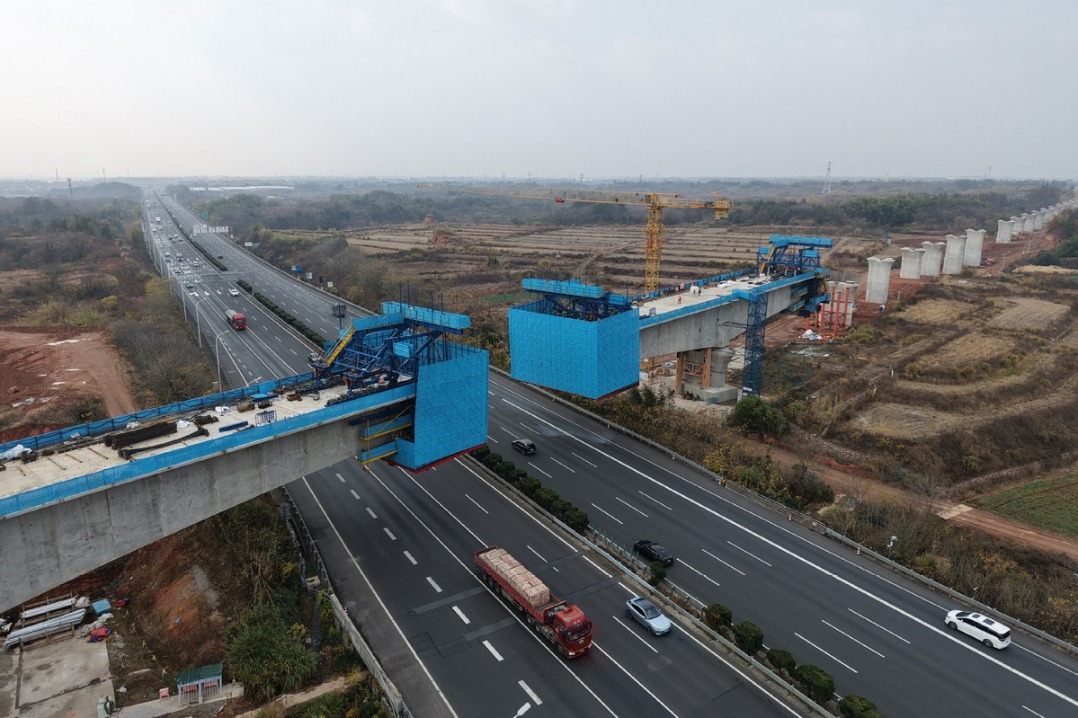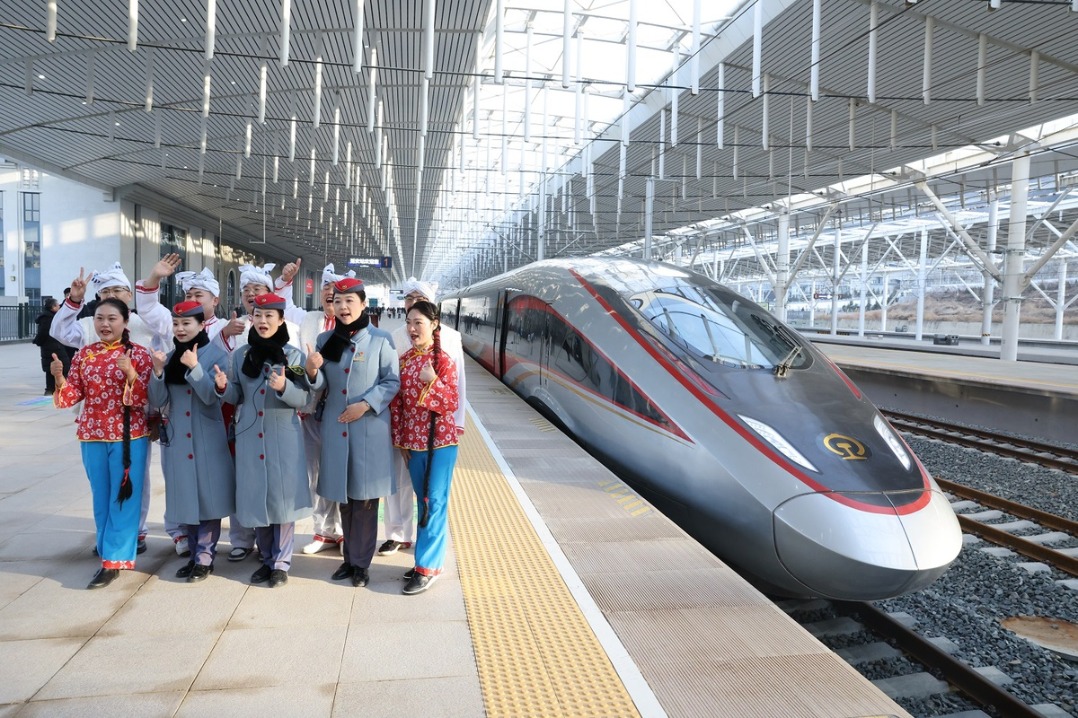Guangxi rising as efficient trade portal to world






The corridor has been gaining steam, as it offers a faster, cheaper and more convenient intermodal freight transport that gives West China easy two-way access to the globe. It solves a number of traffic for problems for western areas and supports international economic cooperation.
Among other things, it provides a way for more inland cities to benefit from the development of the China-ASEAN Free Trade Area and to strengthen connectivity between China and ASEAN.
In 2019, the corridor was listed as a national strategy by the National Development and Reform Commission, with the goal of having better transport capacity and world-class customs clearance and logistics services after full completion in 2035.
Currently, there are five routes between China's western regions and the Beibu Gulf, most passing through Guangxi, which offers 52 container shipment routes to points overseas, including 19 routes to ASEAN members.
In 2020, the number of train trips originating or terminating at gulf ports in Guangxi reached 4,607, up 105 percent year-on-year — about 25 times higher than in 2017 — according to the regional government. The figure was 812 for the January-February period, representing year-on-year growth of 99 percent. Container throughput by gulf ports increased 32 percent from last year, the highest of all coastal ports in China, to 5.05 million twenty-foot equivalent units.
With its expanding logistical abilities, the gulf ports were listed collectively by the central government in February as one of the nation's 11 international hubs. They represent the second-largest port operation in South China after Guangzhou Port.
The ports of the Beibu Gulf now feature shipping routes to all the major ports of ASEAN members, and more than 200 ports in 100 countries and regions.
The many coastal cities of Guangxi along the Beibu Gulf — including Fangchenggang, Qinzhou and Beihai —have become hot spots for cross-border trade, attracting investors and companies. The expansion of Qinzhou Port, with an investment of over 3.3 billion yuan ($500 million), is expected to be completed in June. It will then be capable of hosting large ships carrying 200,000 metric tons of containers, thereby increasing the gulf's competitiveness.
"In recent years, the corridor has become a leading program in driving Guangxi's development," Lan, the chairman, said. "The Beibu Gulf economic zone should play a leading role in boosting opening-up to a higher level and promoting higher-quality development in Guangxi."
In the 14th Five-Year Plan period, Guangxi will accelerate corridor development, with the goal of making it the channel with the shortest travel time, best service and cheapest price between China and ASEAN, Lan said, adding that infrastructure and the customs clearance process at ports will be upgraded, and more railways will be built to expand the corridor's logistical capabilities.
- World's longest expressway tunnel opens to traffic
- Taiwan lawmakers vote to pass motion to impeach Lai
- Xi: Steadfastly implement conduct rules
- Beijing community leads the way in grassroots governance
- HKSAR govt extends thanks to various units for supporting people affected by residential complex fire
- Influencers barred from vulgar, false, or harmful content

































